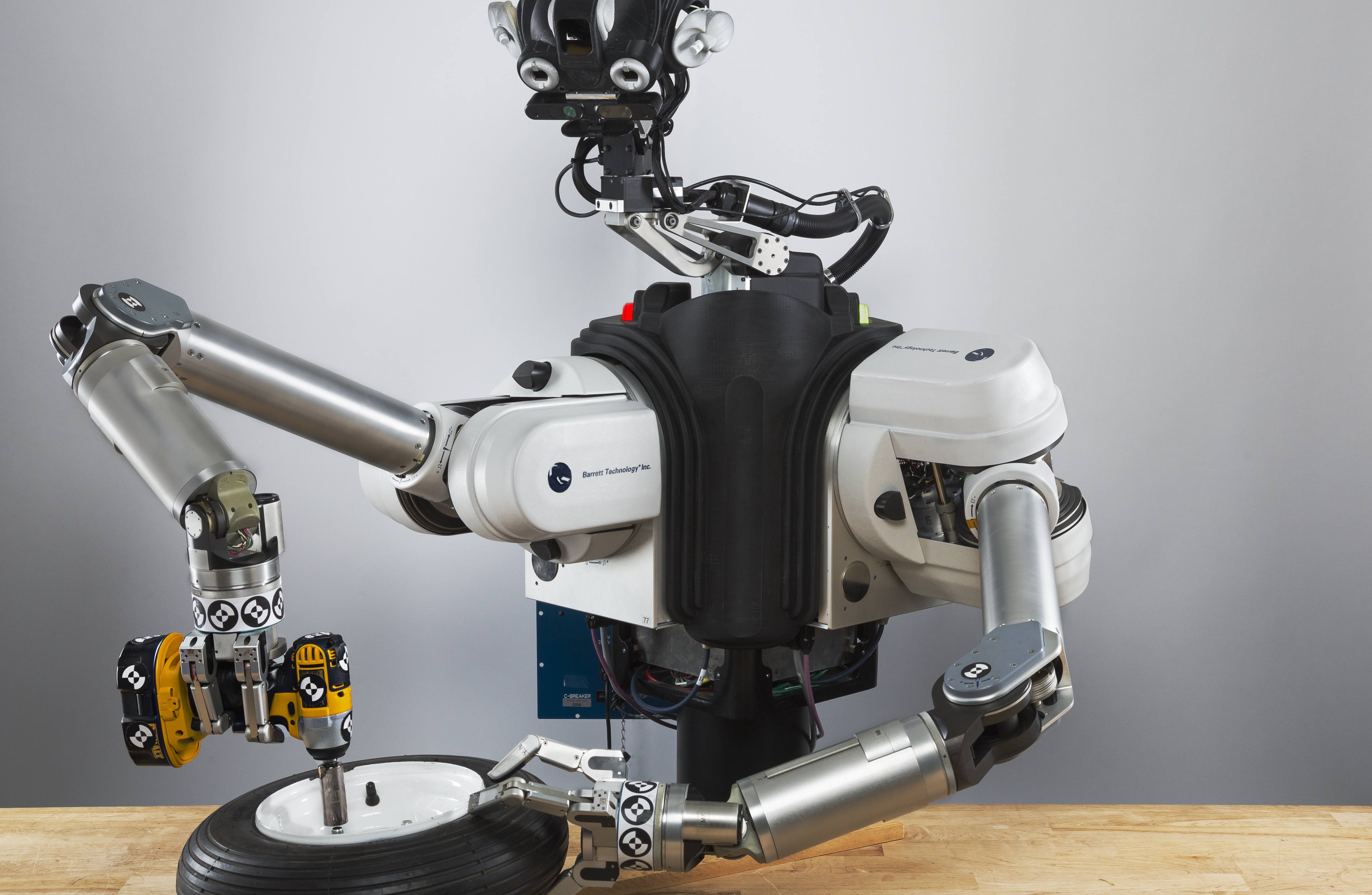
Deep Learning for Autonomous Robotics
Autonomous robots are becoming increasingly common in our world, from self-driving cars to industrial robots. Deep learning is a powerful tool that can be used to give robots the ability to perceive and interact with their environment, making them more capable and versatile.
In this article, we will discuss the basics of deep learning and how it can be used for autonomous robotics. We will also explore some of the challenges and limitations of deep learning, and discuss some of the latest research in the field.

What is Deep Learning?
Deep learning is a type of machine learning that uses artificial neural networks to learn from data. Neural networks are inspired by the human brain, and they can be used to solve a wide variety of problems, including image recognition, natural language processing, and speech recognition.
Deep learning has been used to achieve state-of-the-art results in a number of different fields, and it is rapidly becoming the go-to approach for many machine learning tasks. One of the reasons for deep learning's success is its ability to learn from large amounts of data. Deep neural networks can have millions of parameters, and they can be trained on massive datasets to learn complex relationships between inputs and outputs.
How Can Deep Learning be Used for Autonomous Robotics?
Deep learning can be used for a wide variety of tasks in autonomous robotics, including:
- Perception: Deep learning can be used to give robots the ability to perceive their environment. This includes the ability to identify objects, track their movements, and understand the spatial relationships between them.
- Navigation: Deep learning can be used to help robots navigate their environment. This includes the ability to plan routes, avoid obstacles, and follow instructions.
- Manipulation: Deep learning can be used to give robots the ability to manipulate objects. This includes the ability to grasp objects, pick them up, and move them around.
- Social interaction: Deep learning can be used to help robots interact with humans and other robots. This includes the ability to understand human language, express emotions, and cooperate with others.

Challenges and Limitations of Deep Learning for Autonomous Robotics
There are a number of challenges and limitations associated with using deep learning for autonomous robotics. These include:
- Data collection: Training deep neural networks requires a large amount of data. This can be difficult to obtain, especially for tasks that are not well-defined or for which there is not a lot of existing data.
- Overfitting: Deep neural networks can be prone to overfitting, which means that they learn the training data too well and do not generalize well to new data. This can be a problem for autonomous robots, which need to be able to operate in a variety of different environments.
- Explainability: Deep neural networks are often black boxes, which means that it can be difficult to understand why they make the decisions they do. This can make it difficult to debug problems and to ensure that the robots are behaving safely.
Recent Research in Deep Learning for Autonomous Robotics
There is a lot of active research in the area of deep learning for autonomous robotics. Some of the recent research advances include:
- New deep learning architectures: Researchers are developing new deep learning architectures that are specifically designed for robotics applications. These architectures are often more efficient and easier to train than traditional deep learning architectures.
- New deep learning algorithms: Researchers are developing new deep learning algorithms that are better suited for robotics applications. These algorithms are often more robust and less prone to overfitting.
- New data collection methods: Researchers are developing new methods for collecting data for deep learning models. These methods are often more efficient and less expensive than traditional data collection methods.

Conclusion
Deep learning is a powerful tool that has the potential to revolutionize the field of autonomous robotics. However, there are a number of challenges and limitations associated with using deep learning for autonomous robots. By addressing these challenges, researchers can make deep learning-powered robots more capable, versatile, and safe.
Resources

- Deep Learning for Robotics: A Survey
- Deep Learning for Autonomous Vehicles
- Deep Learning for Robot Manipulation
- Deep Learning for Socially Assistive Robotics
- Deep Learning for Explainable Robotics
Post a Comment